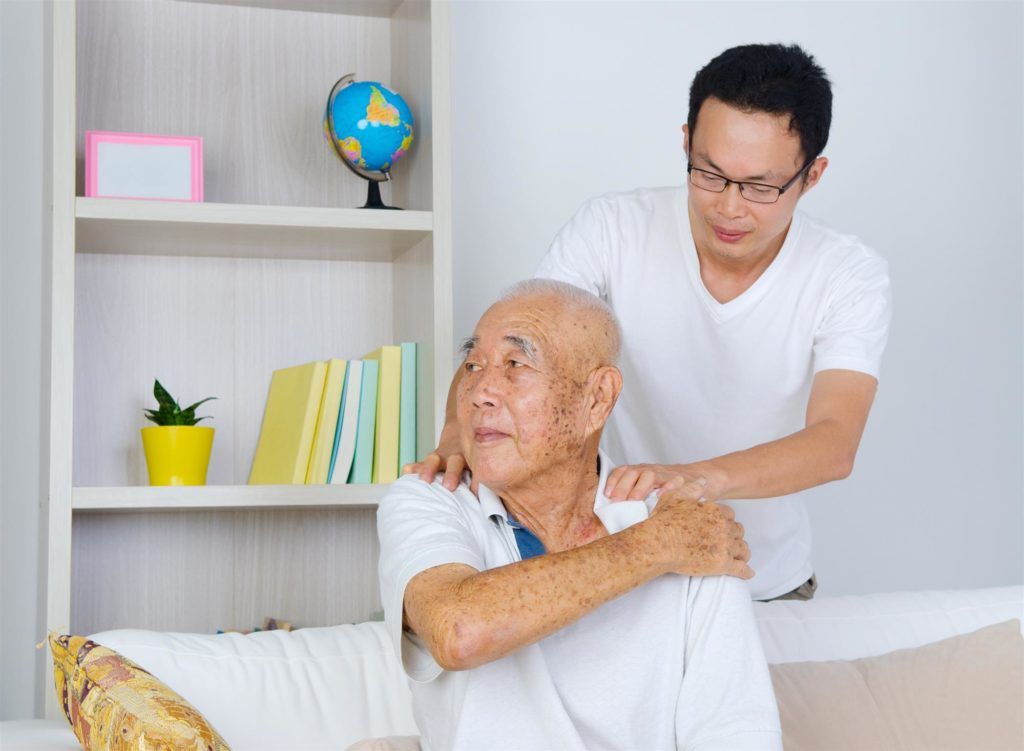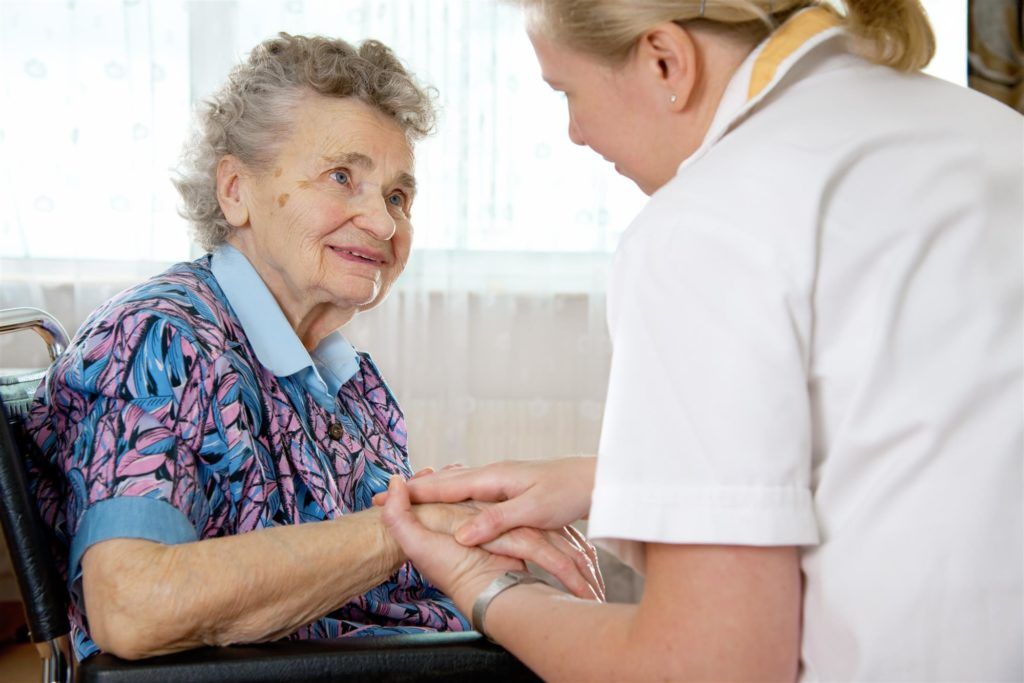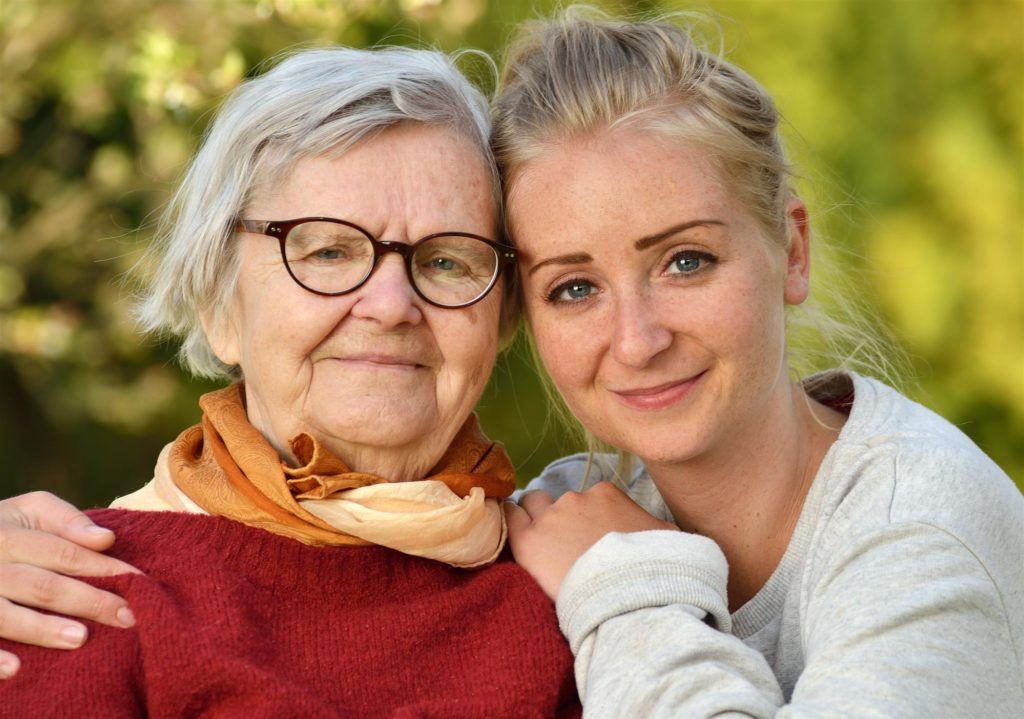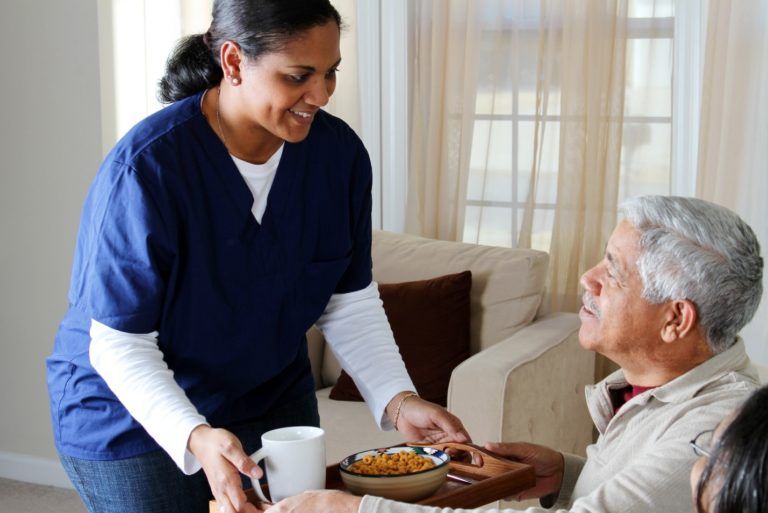Senior Citizen Safety Tips for Safety Proofing Their Homes
More and more senior citizens are choosing to remain in their homes than move into assisted living facilities. Part of the reason is due to the annual costs to reside in such facilities, compared to living in a mortgage-free home. However, deciding to remain at home does present certain senior citizen safety concerns.
It is important for children of elderly parents to assist their parents in performing a complete home assessment. The assessment should identify different areas of the home that could prevent potential hazards, such as:
• Slips
• Trips
• Falls
• Burns
It is best to start with one room of the home and make a list of safety concerns. Do not overlook stairways, hallways, closets, and other such areas, as well as the garage.

Bathrooms
Most senior-related slip and fall accidents occur in the bathroom. It can be difficult to get into or out of the bathtub or showers that have lips sticking up. Consider replacing these with zero-entry showers and tubs. It is also beneficial to install handrails to grab onto when needed. Handrails should also be installed around the toilet. You could even add an elevated seat above the existing toilet to make it easier for your loved one to get up and down.
Bedrooms
To make it easier to get in and out of the bed, elevate it higher off the ground. Replace drawer handles with easy-to-grip knobs. Lower clothes hangers in the closet so it is easier to hang up and access clothing.
Kitchen
Make sure appliances are easy to use. With stoves, consider a built-in wall unit that is elevated off the ground. For ranges, there are models that have the control buttons or knobs of the front, making it easier to reach.
Living Room
Make sure sofas and chairs are elevated high enough so your loved one does not have to struggle to get up and down.
Entire Home
Get rid of throw rugs because these are a tripping hazard. Make sure stairs have railings to grab onto. You may also want to get a stair lift installed. If your loved one uses a cane or walker, make sure that hallways and other areas are kept free from obstacles. In addition, you could have grab rails installed down long hallways, at the top and bottom of stairwells, and in other areas of the home.
Home Security

Consider getting an alarm system installed in the home that includes emergency alert services and which is connected to smoke detectors in the home. You may also want to add motion sensing security lights on the exterior of the home.
In-Home Care Assistance
Aside from making the home safer and more secure, consider getting different in-home care services for your parents, tailored to their current needs. Having someone help with shopping, cleaning, and other such tasks can help reduce the risks of injury and ensure your parents can continue to remain in their home for as long as possible. To learn more about our in-home care assistance services, please feel free to contact Connecticut In-Home Assistance LLC at 866-464-9035 today!
The post Senior Citizen Safety Tips for Safety Proofing Their Homes appeared first on .
Share
Related Posts




